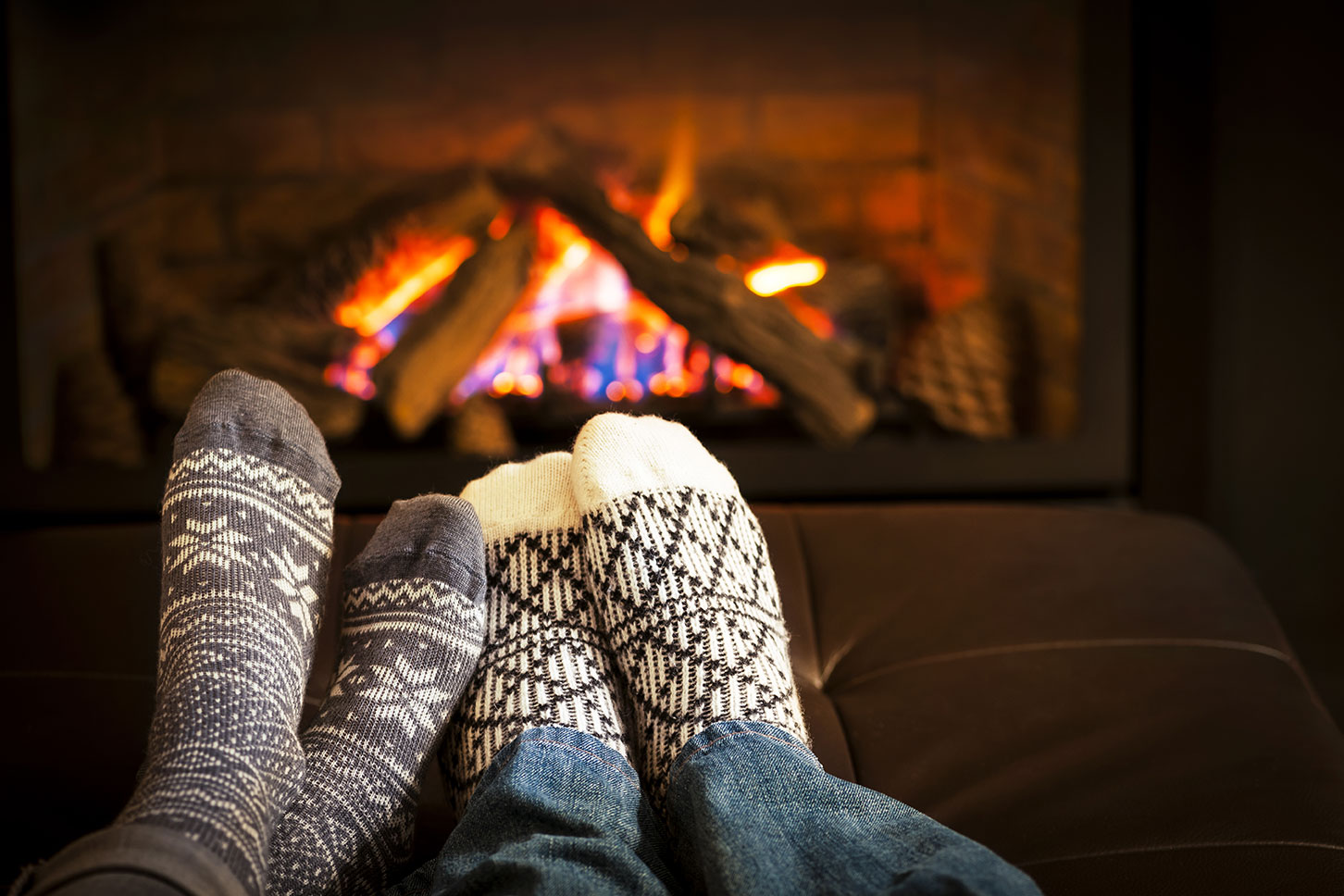
Nothing can beat a fireplace in creating a cozy and warm ambiance in your home. But, they come with probable dangers. These should not be ignored for safety. With time, cinders, ash, volatile resins, and creosote can accumulate in the fireplace. These elements can pose a serious fire risk if not removed regularly. To help you keep your home warm and safe without compromising on comfort or style, this blog has compiled a few must-follow tips for maintaining your fireplace.
Fireplace Do’s & Don’ts
- Inspect the concrete cap regularly for any defects. This is because any small crack can set a way for water to enter the funnel and damage the entire structure.
- Use hardwoods like maple, ash, birch, and oak for fireplace. These types of woods produce less creosote and generate more heat than softwoods.
- Ensure the wood is seasoned for at least a year before burning it for maximum efficiency and minimum residue.
- Never use chemicals in your fireplace. Do not use kerosene, gasoline, or charcoal starter or ever burn plywood or pressure-treated materials. These can generate air full of toxic chemicals that could enter your living space and affect your health.
- Choose a hefty fireback because they increase open fire efficiency by up to 50 percent.
- Additionally, think about topping your chimney with a metal safety cap to keep out creatures and rainwater which can cause rusting of the damper.
- While maintaining your chimney, do not ignore cracked bricks inside the firebox or cracked chimney liners. Or these can pose serious fire hazards. Replace them with certified masons immediately.
- Keep your chimney cleaned if it is used heavily to eliminate the buildup of soot and creosote which can easily catch fire.
- Lastly, be aware while choosing an insert or stove that sometimes overwhelms your room’s design aesthetic. It should complement your room. Also, never install an insert or stove on your own. Always hire professional help for the safe operation of these appliances.
Conclusion
While there’s nothing comfortable like gathering around a fireplace on a chilly night, taking precautions is crucial. Surprisingly, many homeowners are unaware of the risks associated with improperly used chimneys and fireplaces. In fact, according to data, one-third of all home-heating fires are caused by these types of hazards. Whether you use a wood burning fireplace or propane gas or electric models, all require specific safety requirements for proper operation. To ensure maximum safety standards are met, get your chimney inspected by certified professionals annually. Only then, you can relax in front of your warm hearth without any worries.
